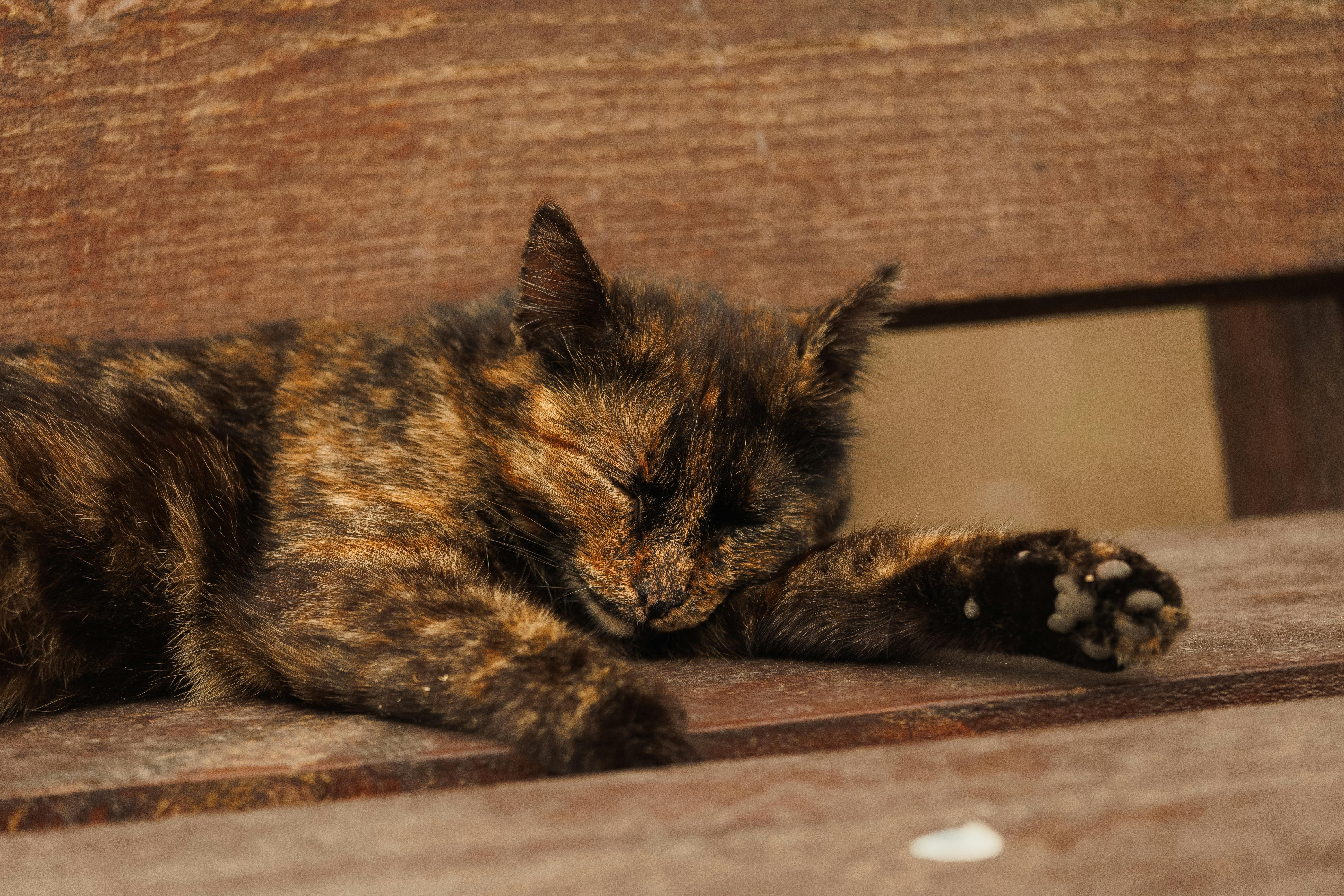Fleas pose a significant health risk to cats as one of the most prevalent external parasites. These tiny parasites, measuring just 2-3mm, can cause severe discomfort and health issues for our feline companions. The most common species, Ctenocephalides felis (cat flea), requires immediate attention and proper treatment to ensure your cat's well-being. Fleas progress through four life stages: egg, larva, pupa, and adult. Each stage requires different treatment approaches, making comprehensive flea control challenging. Adult fleas living on your cat represent only 5% of the total flea population in your home.
Understanding Flea Infestations
Identifying a flea problem early is crucial for effective treatment. Watch for excessive scratching, particularly around the tail base and neck areas. Your cat may develop skin inflammation, red bumps, or scabs. In severe cases, cats can experience hair loss and develop dry, flaking, or crusty skin from allergic reactions to flea bites. A closer inspection of your pet may reveal scabs or flea dirt - small, dark specks containing flea feces containing digested blood. These parasites are small, dark brown creatures that live within your cat's fur, burrowing to feed on the cat's skin. They leave behind tiny black specks called flea dirt in the fur.
When treating your cat for fleas, it's essential to understand how various flea products work. Most contain active ingredients like fipronil, imidacloprid, or selamectin that target different flea life stages
Signs of Flea Allergies and Infections
Common symptoms of flea infestations include flea dirt, hair loss, itching, skin bumps, frequent licking of skin, head shaking, lethargy and decreased appetite. More serious conditions can develop anemia, tapeworms, flea allergy dermatitis, and other infections.
Professional Treatment Options
Using soapy water provides a simple yet effective method for immediate flea control. The soap breaks the water's surface tension, causing fleas to sink and drown. However, this method only addresses adult fleas on your pet. Proper Bathing Technique:
- Use warm water and specialized flea shampoo
- Lather thoroughly, especially around neck, behind ears, and base of tail
- Leave flea shampoo on for 5-10 minutes (follow product instructions)
- Rinse completely with clean water
Veterinarian-approved treatments offer the most reliable solution for flea control. These typically come in two main forms:
- Topical treatments (like Revolution Plus and Bravecto) that are applied directly to your cat's skin
- Oral medications (such as Comfortis and Credelio) that work systemically through your cat's bloodstream

Choosing Effective Flea Products
When selecting flea products, consider the active ingredient's effectiveness against all flea stages, your cat's age and weight, any existing health conditions, also previous reactions to flea treatment.
Environmental Management
Successful flea control extends beyond treating your cat. The home environment requires attention, including all furniture, carpets, and bedding where fleas and their eggs might hide. Regular vacuuming and washing pet bedding in hot water helps eliminate flea eggs and larvae.
Comprehensive Home Treatment
Bathing helps drown adult fleas and remove eggs, while flea-repellent shampoo prevents adult fleas from returning once your cat dries. A thorough home treatment plan should include:
• Treatment of all pets in the household simultaneously
• Regular cleaning and vacuuming of the spaces
Natural Treatment Options
Apple cider vinegar can work as a natural flea repellent. Mix equal vinegar and water to create a gentle spray, or use a cloth to wipe your cat's fur.
Safety Considerations
Always consult with your veterinarian before starting any flea treatment program. Some products designed for dogs contain permethrin, which can be lethal to cats. Never use over-the-counter flea treatments without veterinary approval, as these might cause adverse reactions.
Prevention Strategies
Prevention remains the best approach to flea control. A regular treatment schedule, typically monthly, helps prevent infestations before they begin. Year-round prevention is especially important in warmer climates where fleas remain active throughout all seasons. Maintain a regular treatment schedule using appropriate flea products.
Long-term Management
Successful flea control requires a minimum three-month commitment to ensure all flea life cycles are broken. This includes consistent application of treatments and regular environmental maintenance. Monitor your cat's response to treatment and contact your veterinarian if symptoms persist or worsen.
Environmental Impact
Recent studies indicate that some flea treatments can impact local ecosystems, particularly water systems. When available, choose eco-friendly options and follow proper disposal guidelines for used flea treatment products and packaging.
Prevention Tips
The best approach is prevention through regular preventative oral or topical medications. If fleas do appear, quick action is essential to prevent infestation. Successful treatment typically combines: • Baths • Flea combs • Medications • Regular home cleaning.




















